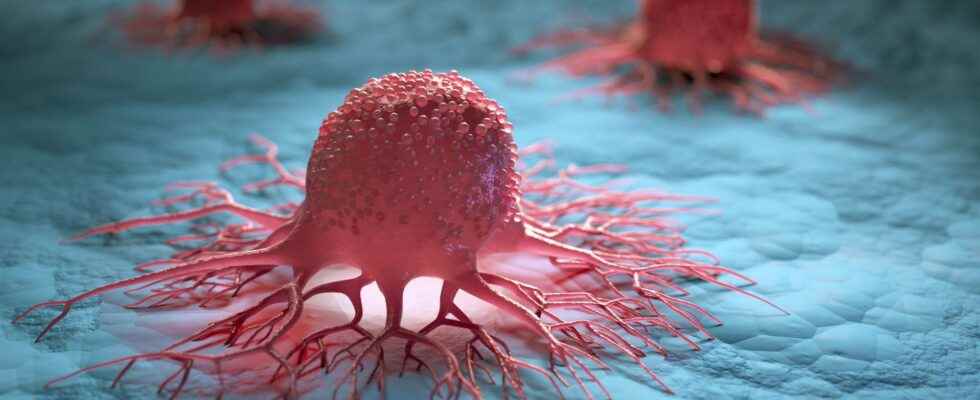Some viruses can turn the cells they infect into cancer. A new study on HTLV-1, which causes leukemia, tells us more about the mechanisms involved.
You will also be interested
[EN VIDÉO] Helicobacter pylori, the only bacterium responsible for gastric cancer The stomachs of half of the world’s human population are infected with the bacterium Helicobacter pylori. This micro-organism can cause ulcers and sometimes even gastric cancer. The Institut Pasteur interviewed Hilde De Reuse, head of the Helicobacter Pathogenesis unit, to tell us a little more about this bacterium and the research in her laboratory.
Viruses oncogenes are viruses that transform the cells they infect into Cancer. This process is slow and the cancer does not appear until years after the initial infection. Moreover, this is not systematic, patients infected with an oncogenic virus can live without ever developing Cancer.
A team ofImperial College of London, in collaboration with the University of Kumamoto in Japan, studied the mechanisms which gradually transform a cell infected with an oncogenic virus into cancer. Their subject of study is HTLV-1, a retrovirus specific for T lymphocytes. It is estimated that between 5 and 10 million people are infected with this virus, but only 3 to 8% of them develop virulent cancer, adult T cell lymphoma or ATL.
Infected and overactive cells
The scientists analyzed the mononuclear blood cells of twelve healthy volunteers, and three infected with HTLV-1. They observed that cancer patients, T lymphocytes are overactivated. They produce abnormal amounts of protein which maintain their constant proliferation and prevent the immune system from destroying them.
This state of overexcitation is induced by the presence of the Tax protein of HTLV-1. Cells that proliferate too much are more susceptible to DNA damage, which makes it easier to their transformation into cancer.
A better understanding of the mechanisms of cancerization of cells by viruses also leads to the identification of new therapeutic targets. ” For example, chronic activation of T cells could be stopped by molecules that block the signaling pathways that tell cells to be active ”, Explains Masahiro Ono of Kumamoto University. Alternatively, treatments could also target the proteins that overactive T cells secrete to proliferate.
Interested in what you just read?
.
fs6
